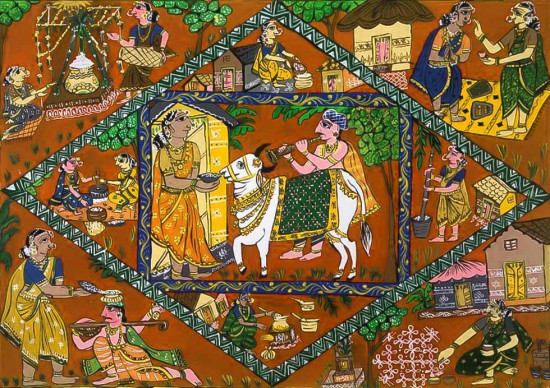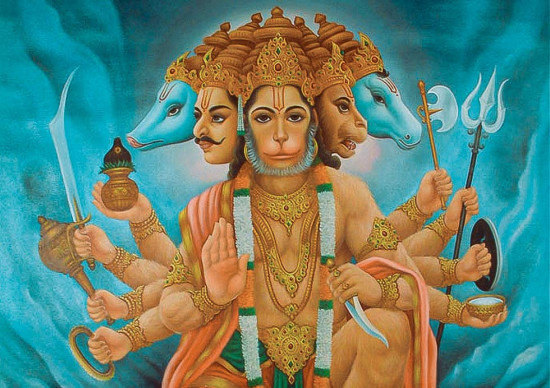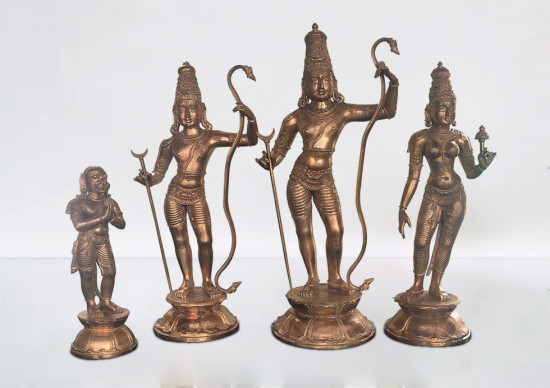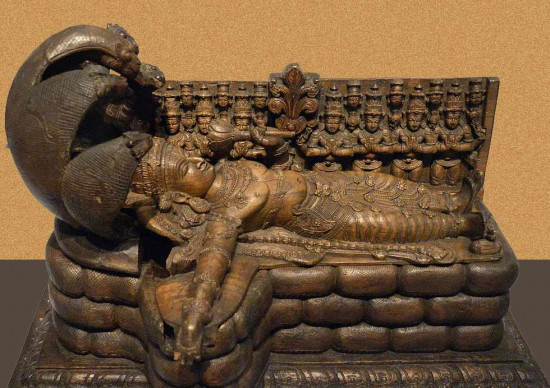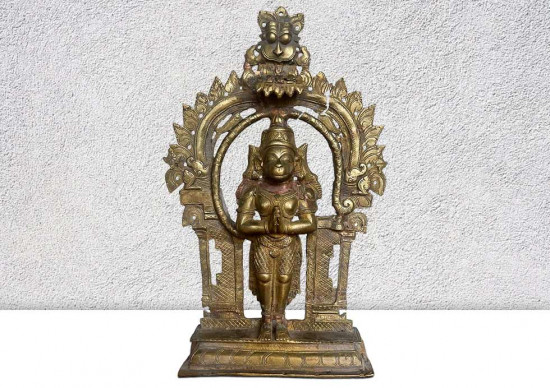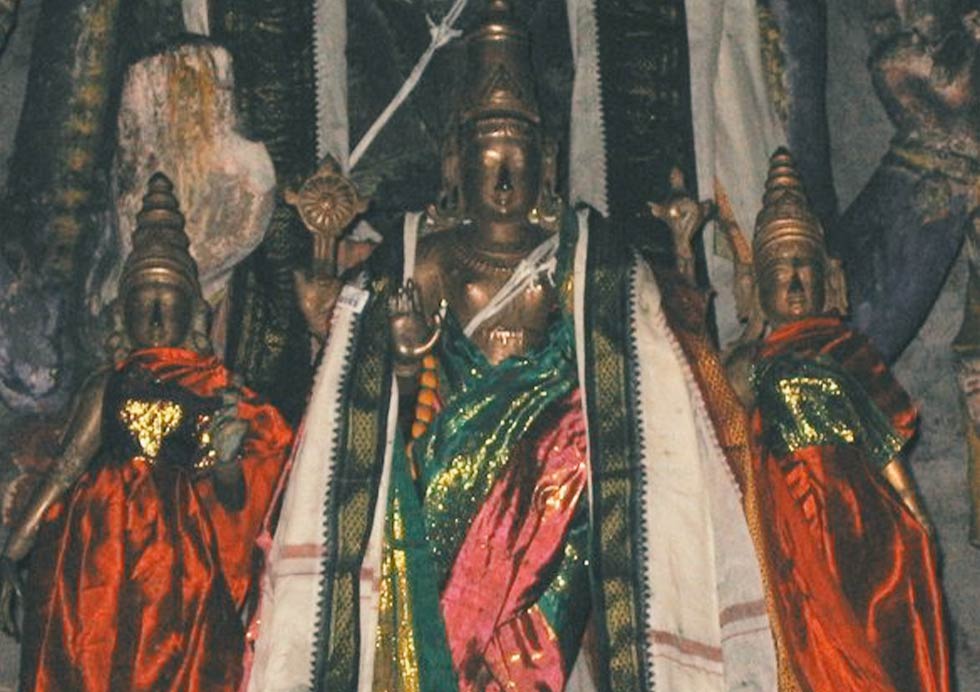
Vadivalagiya Nambi Perumal Koil is commonly known as Sundararaja Perumal Temple. Situated in a small south Indian village Anbil in Tiruchirapalli district of Tamil Nadu. This temple is dedicated to Lord Vishnu and also counts in 108 Divya Desam. Here Lord Vishnu is worshiped with Goddess Lakshmi in the form of Sundararaja and Sundaravalli. The temple is also known as ‘Pancha Ranga Kshetram’ of Lord Vishnu.
Legends of Sundararaja Perumal Temple
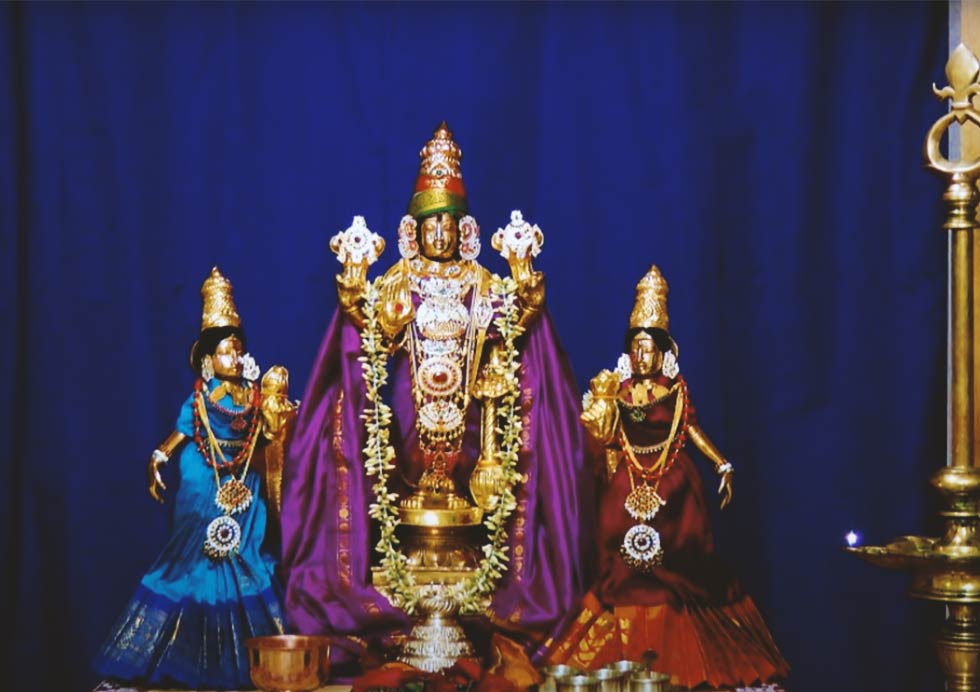
According to Hindu stories, a wise sage named Suthaba also known as Manduka was meditating in this special place. He had the power to live both in water and on land. One day, another sage named Durvasa came to see him, but Suthaba didn’t notice. This made Durvasa angry, and he cursed Suthaba to become a frog. Suthaba asked Durvasa how to lift the curse, and Durvasa said it was because of a mistake in his past life. He explained that Lord Vishnu would come to help him. So, Suthaba, in the form of a frog, prayed in the temple’s Mendaka Theertham, and Lord Vishnu appeared to him as Sundararaja. When Mandookamuni worshiped Vishnu at this temple, the curse was lifted, and the place got its name Mandooka Pushkarini.
Another story is about Brahma, the god who created everything. He thought he was the most handsome, but Vishnu didn’t agree. To teach Brahma a lesson, Vishnu cursed him to be born as a regular person on Earth. Brahma then worshiped Vishnu to lift the curse. Vishnu appeared as a handsome young man and told Brahma that looks don’t last, and being good is more important.
The temple is also connected to stories about Brahma and Valmiki worshiping Vishnu.
Another story is about Brahma, the god who created everything. He thought he was the most handsome, but Vishnu didn’t agree. To teach Brahma a lesson, Vishnu cursed him to be born as a regular person on Earth. Brahma then worshiped Vishnu to lift the curse. Vishnu appeared as a handsome young man and told Brahma that looks don’t last, and being good is more important.
The temple is also connected to stories about Brahma and Valmiki worshiping Vishnu.

Architectural Design Of This Historical Marvel
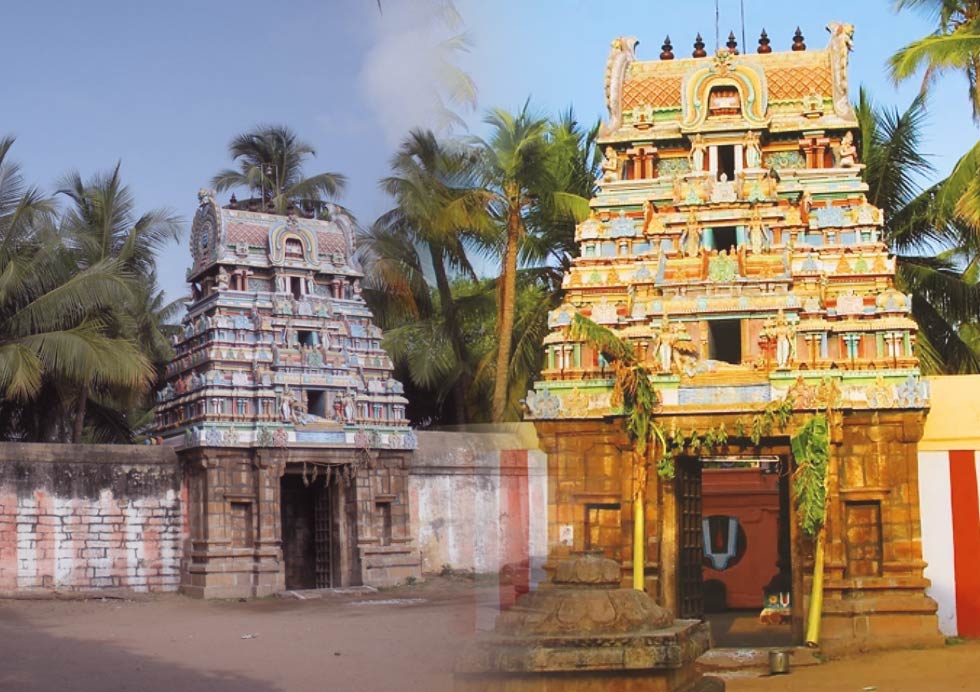
The historical roots of the Sundararaja Perumal Temple trace back to the late 8th century AD, believed to have been constructed by the Medieval Cholas. Subsequent contributions from Vijayanagar kings and Madurai Nayaks have enriched its architectural and cultural significance. Notably, copper plate inscriptions from Anbil provide evidence of the Chola kings’ generous contributions to the temple. Enclosed by a granite wall, the temple encompasses all its shrines and bodies of water, situated on the picturesque banks of the Kollidam River. The temple grounds span nearly 1.5 acres of land, creating a serene and expansive spiritual haven.
Sundararaja Perumal Temple showcases the distinctive Dravidian style of architecture, characterized by its elaborate design and intricate details. Following the typical pattern of Dravidian temples, this sacred site features a substantial Gopuram, serving as a prominent entrance gate, Mandapa, Garbhagriha, Shikhara and Vimana.
The primary entrance of the temple is oriented towards the east and is adorned with a magnificent 3-tiered Rajagopuram, the gateway tower. At the heart of the temple lies the main shrine, housing the divine image of Sundararaja Perumal (Vishnu) in a reclining posture, accompanied by his celestial serpent Adisesha. Within the sanctum, one can also find depictions of his consorts Sridevi (Lakshmi), Bhudevi, and Brahma.
The sacred space is further enriched by the presence of the festive image of Sundararaja, known as Vadivalagiya Nambi, within the sanctum. Encircling the main shrine, the precinct accommodates shrines dedicated to the twelve Alvars, Narasimha, Venugoplar, Lakshmi Narasimha (Lakshmi with Narasimha), and Hanuman. Noteworthy is the roof structure over the sanctum, resembling a gopuram, a feature typically associated with gateway towers.
The front hall of the sanctum features a shrine dedicated to Andal, portrayed in both standing and seated postures through her bronze image, adding to the spiritual ambiance of the temple.
Sundararaja Perumal Temple showcases the distinctive Dravidian style of architecture, characterized by its elaborate design and intricate details. Following the typical pattern of Dravidian temples, this sacred site features a substantial Gopuram, serving as a prominent entrance gate, Mandapa, Garbhagriha, Shikhara and Vimana.
The primary entrance of the temple is oriented towards the east and is adorned with a magnificent 3-tiered Rajagopuram, the gateway tower. At the heart of the temple lies the main shrine, housing the divine image of Sundararaja Perumal (Vishnu) in a reclining posture, accompanied by his celestial serpent Adisesha. Within the sanctum, one can also find depictions of his consorts Sridevi (Lakshmi), Bhudevi, and Brahma.
The sacred space is further enriched by the presence of the festive image of Sundararaja, known as Vadivalagiya Nambi, within the sanctum. Encircling the main shrine, the precinct accommodates shrines dedicated to the twelve Alvars, Narasimha, Venugoplar, Lakshmi Narasimha (Lakshmi with Narasimha), and Hanuman. Noteworthy is the roof structure over the sanctum, resembling a gopuram, a feature typically associated with gateway towers.
The front hall of the sanctum features a shrine dedicated to Andal, portrayed in both standing and seated postures through her bronze image, adding to the spiritual ambiance of the temple.
Religious Beliefs
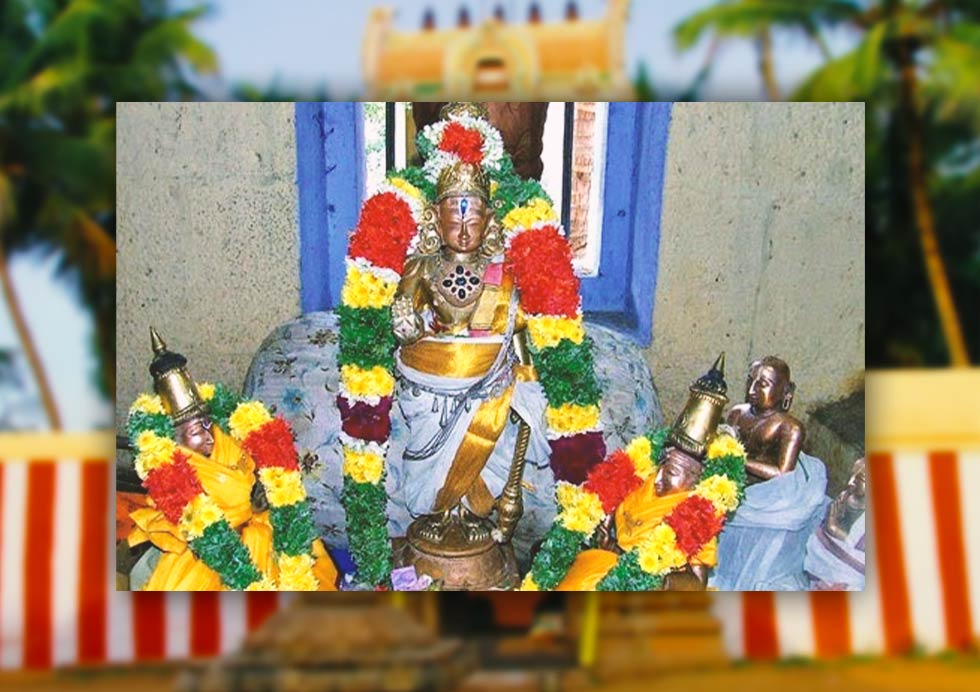
The Sundararaja Perumal Temple holds profound religious significance, embodying the devote beliefs and practices of its followers. Dedicatedto Sundararaja Perumal, a manifestation of Lord Vishnu. The temple is a place of worship, spiritual contemplation, and cultural expression.
Followers believe that offering prayers and performing rituals at this sacred place can invoke the blessings of Sundararaja Perumal, bringing prosperity, protection, and spiritual well-being. The presiding deity, depicted in a reclining posture over the divine serpent Adishesha.
Devotees also revere the image of Sridevi, Bhudevi, Brahma, Anadal and other deities present in the sanctum, seeking their divine intervention in various aspects of life. The festival image of Sundararaja, known as Vadivalagiya Nambi, is particularly venerated during special occasions and celebrations.
The temple’s religious beliefs are deeply rooted in Hindu traditions, with rituals, prayers, and festivals serving as integral components of worship. Pilgrims visit the temple to seek solace, guidance, and spiritual upliftment, making it a vital center for religious devotion and cultural heritage.
Followers believe that offering prayers and performing rituals at this sacred place can invoke the blessings of Sundararaja Perumal, bringing prosperity, protection, and spiritual well-being. The presiding deity, depicted in a reclining posture over the divine serpent Adishesha.
Devotees also revere the image of Sridevi, Bhudevi, Brahma, Anadal and other deities present in the sanctum, seeking their divine intervention in various aspects of life. The festival image of Sundararaja, known as Vadivalagiya Nambi, is particularly venerated during special occasions and celebrations.
The temple’s religious beliefs are deeply rooted in Hindu traditions, with rituals, prayers, and festivals serving as integral components of worship. Pilgrims visit the temple to seek solace, guidance, and spiritual upliftment, making it a vital center for religious devotion and cultural heritage.
Cultural Significance
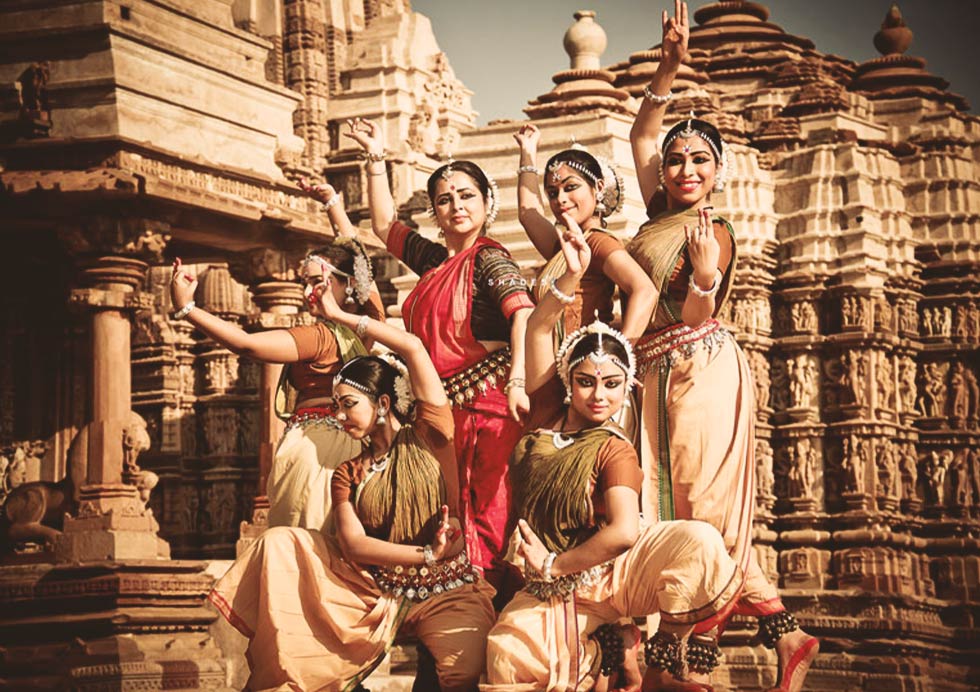
The Sundararaja Perumal Temple holds immense cultural significance as a repository of rich traditions, artistic expressions, and communal practices. Its cultural importance extends beyond religious worship, encompassing various facets that contribute to the identity of the community.
Sundararaja Temple is a vibrant cultural hub, hosting diverse festivals, rituals, and events with music, dance, and traditional performances. These activities preserve cultural practices, serving as a center for spiritual learning through discourses and educational programs, imparting valuable knowledge. The temple creates a communal space where people unite for festivals, religious ceremonies, and community activities, fostering a sense of shared cultural identity and unity among devotees.
The sculptures, paintings, and artifacts within the temple reflect the artistic expressions of the community throughout different periods. These artworks contribute to the cultural landscape, showcasing the evolving styles and themes.
The temple attracts visitors and pilgrims from diverse backgrounds, promoting cultural exchange and understanding. This intermingling of people contributes to a broader cultural dialogue and appreciation.
Sundararaja Temple is a vibrant cultural hub, hosting diverse festivals, rituals, and events with music, dance, and traditional performances. These activities preserve cultural practices, serving as a center for spiritual learning through discourses and educational programs, imparting valuable knowledge. The temple creates a communal space where people unite for festivals, religious ceremonies, and community activities, fostering a sense of shared cultural identity and unity among devotees.
The sculptures, paintings, and artifacts within the temple reflect the artistic expressions of the community throughout different periods. These artworks contribute to the cultural landscape, showcasing the evolving styles and themes.
The temple attracts visitors and pilgrims from diverse backgrounds, promoting cultural exchange and understanding. This intermingling of people contributes to a broader cultural dialogue and appreciation.
Festivals and Celebrations
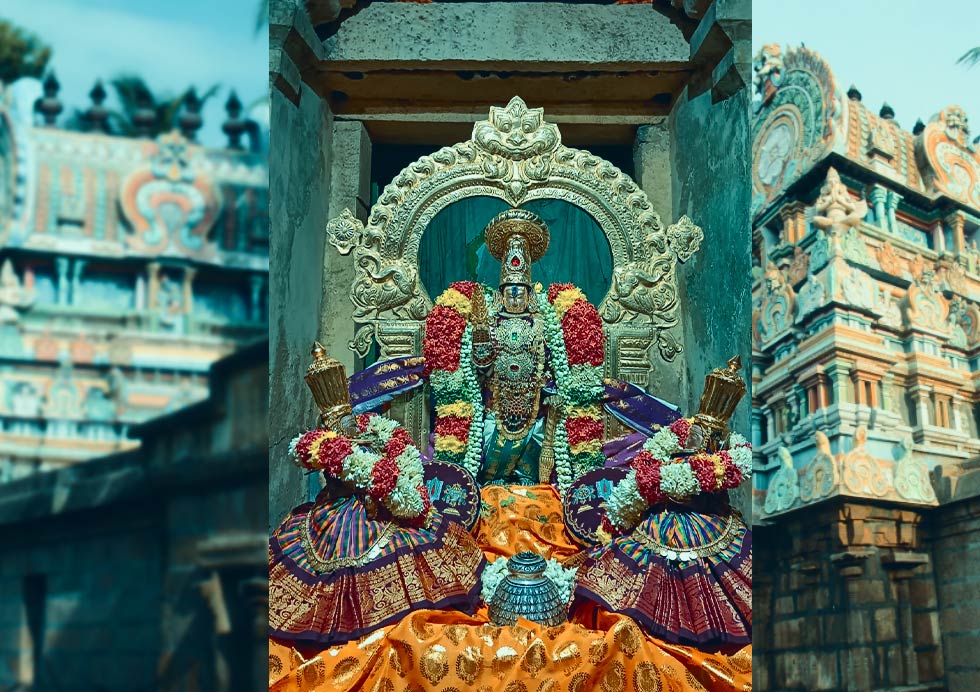
The Sundararaja Perumal Temple comes alive with a rich tapestry of festivals, each offering a unique glimpse into the cultural vibrancy and spiritual exuberance of the community.
Brahmotsavam Extravaganza: The temple hosts the grand annual Brahmotsavam, a spectacular festival that spans several days. It is a visual and spiritual feast, marked by vibrant processions, adorned deities, and fervent devotional fervor. The air is filled with the sounds of traditional music and the aroma of incense, creating an immersive experience for devotees and visitors alike.
Vaikunta Ekadasi Bliss: Vaikunta Ekadasi, a celestial occasion celebrated with great enthusiasm, witnesses devotees converging to seek the divine blessings of Lord Sundararaja Perumal. Elaborate rituals, sacred processions, and heartfelt prayers mark this auspicious day, creating an atmosphere of spiritual joy and devotion.
Special Events and Significance: Beyond these major festivals, the temple hosts a myriad of special events throughout the year, each steeped in religious significance. These may include celestial weddings, divine processions, and other rituals that add layers of cultural depth to the temple’s festivities.
Cultural Dynamism: The festivals at Sundararaja Perumal Temple are not just religious observances but vibrant expressions of cultural dynamism. Traditional dance performances, melodious music, and artistic displays become integral components, captivating the senses and adding a colorful dimension to the spiritual celebrations.
The festivals at Sundararaja Perumal Temple transcend mere rituals; they are immersive experiences that bring together communities, fostering a shared cultural identity and deepening the spiritual connection with the divine.
Brahmotsavam Extravaganza: The temple hosts the grand annual Brahmotsavam, a spectacular festival that spans several days. It is a visual and spiritual feast, marked by vibrant processions, adorned deities, and fervent devotional fervor. The air is filled with the sounds of traditional music and the aroma of incense, creating an immersive experience for devotees and visitors alike.
Vaikunta Ekadasi Bliss: Vaikunta Ekadasi, a celestial occasion celebrated with great enthusiasm, witnesses devotees converging to seek the divine blessings of Lord Sundararaja Perumal. Elaborate rituals, sacred processions, and heartfelt prayers mark this auspicious day, creating an atmosphere of spiritual joy and devotion.
Special Events and Significance: Beyond these major festivals, the temple hosts a myriad of special events throughout the year, each steeped in religious significance. These may include celestial weddings, divine processions, and other rituals that add layers of cultural depth to the temple’s festivities.
Cultural Dynamism: The festivals at Sundararaja Perumal Temple are not just religious observances but vibrant expressions of cultural dynamism. Traditional dance performances, melodious music, and artistic displays become integral components, captivating the senses and adding a colorful dimension to the spiritual celebrations.
The festivals at Sundararaja Perumal Temple transcend mere rituals; they are immersive experiences that bring together communities, fostering a shared cultural identity and deepening the spiritual connection with the divine.
Brief
The Sundararaja Perumal Temple, also known as Vadivalagiya Nambi Perumal Koil, stands as a testament to the rich tapestry of Hindu scripture and cultural heritage. With its roots tracing back to the 8th century AD, the temple’s architectural marvel reflects the distinctive Dravidian style. Beyond its religious significance, the temple serves as a vibrant cultural hub, hosting festivals that go beyond mere rituals, incorporating music, dance, and artistic expressions. This sacred space fosters a sense of community, unity, and shared cultural identity among devotees, making it a vital center for spiritual devotion and cultural exchange.

